Held in the heart of Cambridge—one of the UK’s most productive and high-growth life science hubs—Bio Integrates 2025 brought together biotech leaders, startups, investors, CDMOs and other stakeholders to tackle a pressing question:
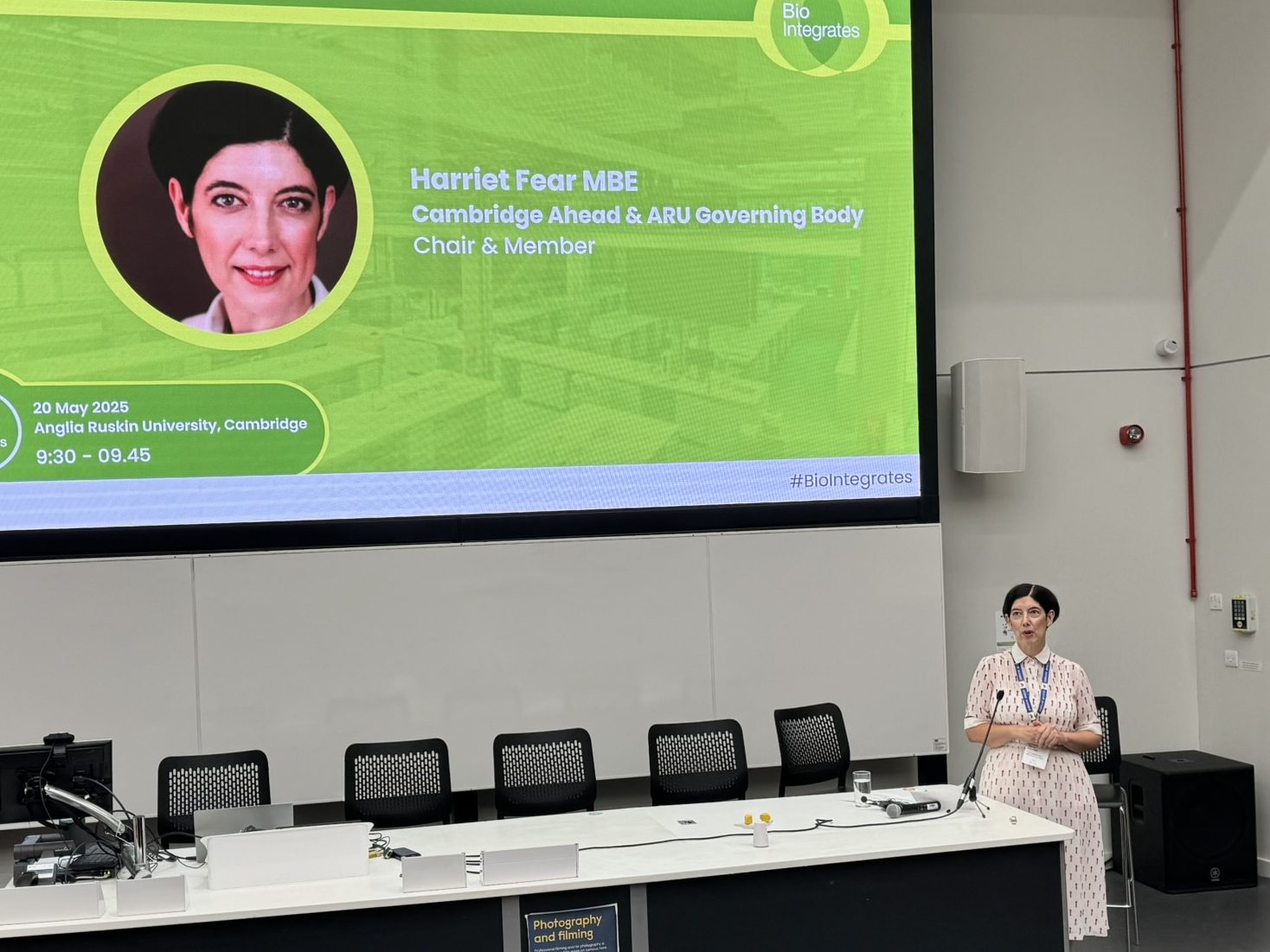
Cambridge made for a fitting backdrop. As Harriet Fear MBE noted in her opening address, this is one of only 13 UK cities that delivers a net return to the Treasury, underpinned by a powerful mix of academic heritage, entrepreneurial ambition and translational output. But despite its strengths, even Cambridge is not immune to the challenges facing the sector: from stalling capital markets, to growing geopolitical complexity and supply chain volatility.
Anglia Ruskin University, this year’s host and lead sponsor of Bio Integrates 2025, exemplifies the kind of cross-industry innovation and community engagement that the sector now needs more of. With its diverse student body, multiple campuses, and a strong focus on applied science, ARU is both a regional anchor and a signal of the future-facing, inclusive approach that many believe biotech must now embrace.
Throughout the engaging panel discussions, speakers pulled no punches. Funding gaps are widening. Supply chains are under stress. AI is maturing—but not without caveats. And people, not just platforms, are emerging as biotech’s most critical long-term investment.
The era of abundant capital is over. For biotech companies, particularly in the UK, success now hinges on the ability to operate with precision, restraint and strategic clarity.
The funding environment remains volatile, shaped by global macroeconomic shifts, regulatory unpredictability, and cautious investor sentiment. While top-line figures suggest robust financing in early 2025, the capital is clustering around a narrow set of “hot” themes—AI and obesity being two standout areas. That leaves many early-stage or specialist biotechs struggling to secure meaningful investment. Even promising science is finding it harder to translate without a tightly costed, milestone-driven plan.
Biotech leaders are responding by embedding capital efficiency across the value chain—from how they trial, to how they manufacture, to how they partner.
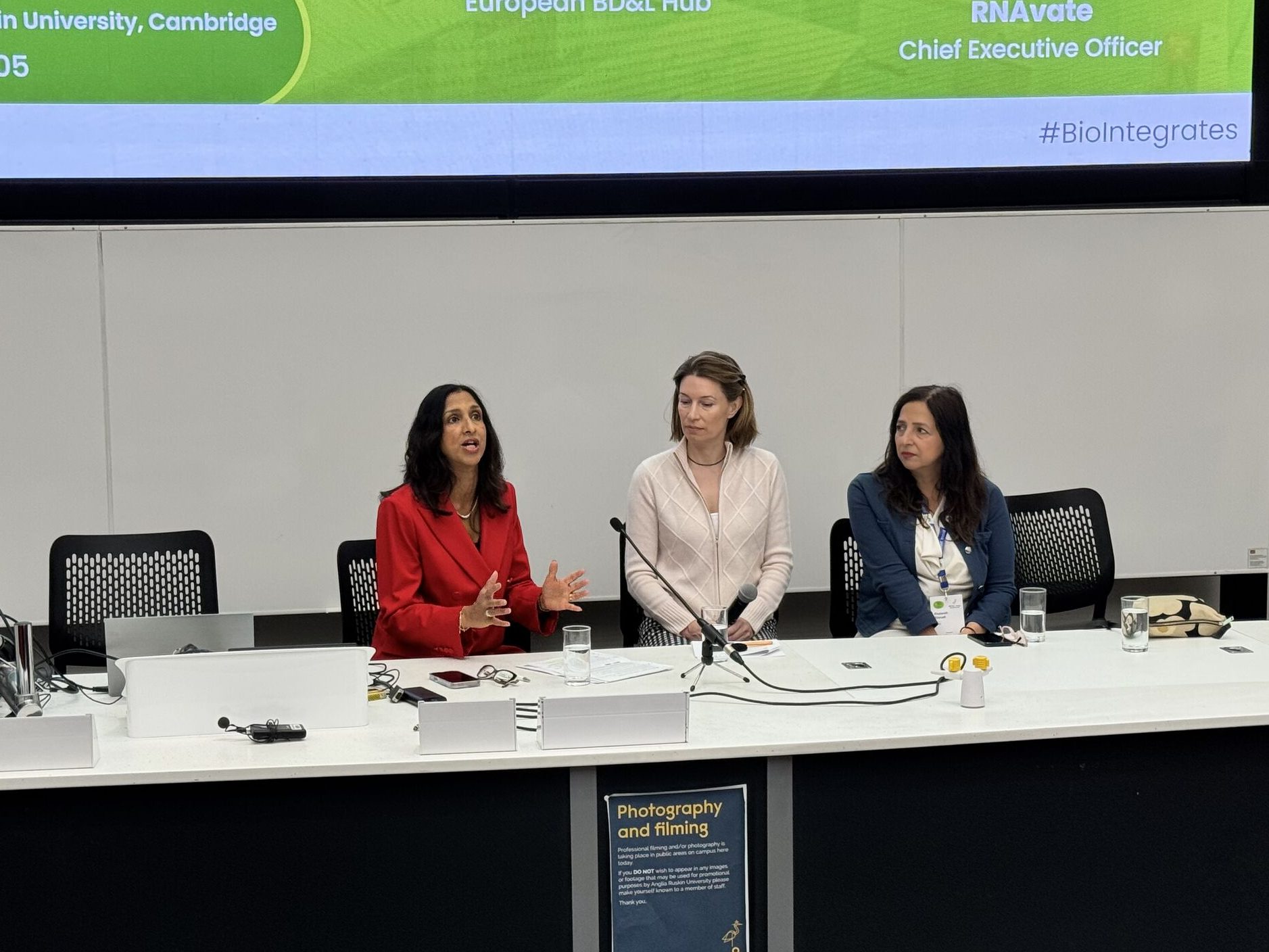
“Yes, capital is flowing—but it’s flowing to fewer companies, and only in areas investors already understand.”
Trial design has become a primary lever for cost control. In place of broad exploratory studies, companies are increasingly focusing on narrow, well-defined patient populations to generate high-impact early data. Engagement with regulators is happening earlier, while many biotechs are opting to perform trials overseas, e.g., China, to accelerate timelines and reduce costs.
Capital efficiency is also driving a renewed focus on outcome-driven trial planning. The emphasis is shifting toward programmes that demonstrate not only clinical promise, but a credible route to value inflection and partnering potential, with these criteria now baked into investor scrutiny.
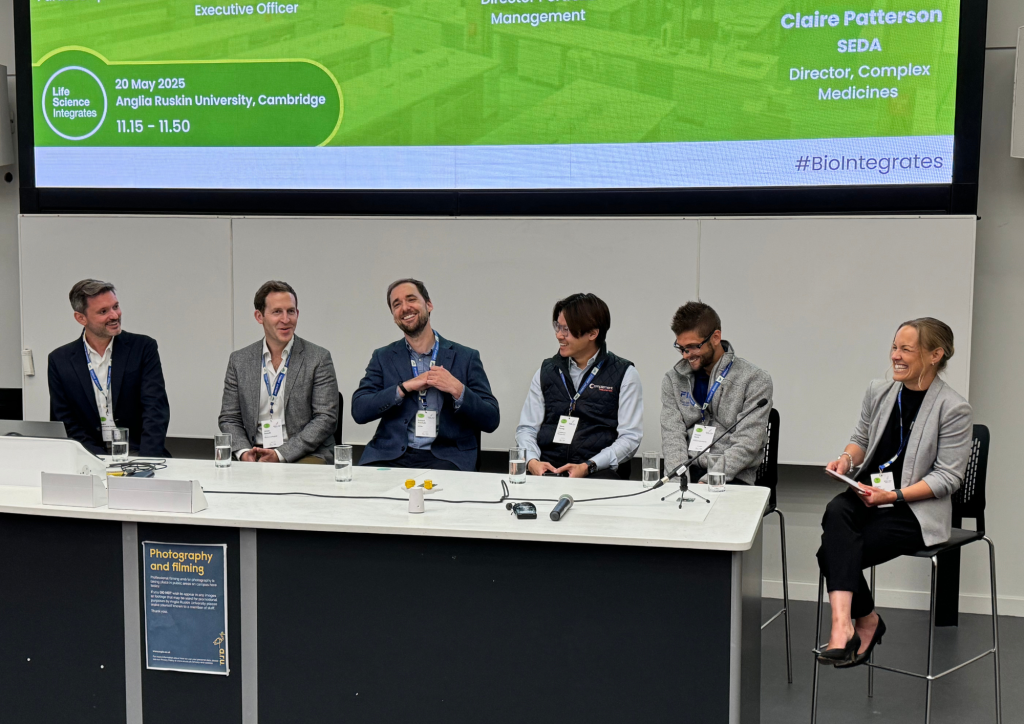
“For capital efficiency to mean anything, it has to be built into your trial design from day one. You need to know exactly which patients you’re targeting, what data you need to collect, and how quickly you can prove the mechanism. Otherwise, you’re just burning cash.”
Supply chains, under strain from global disruption, have become another critical focus area. Tariff uncertainties, packaging cost hikes, and shifting geopolitical dependencies are prompting biotechs and CDMOs to rethink their sourcing strategies.
Dual sourcing, nearshoring, and the use of off-the-shelf components are all being explored as ways to increase resilience without inflating cost. For many, it’s not about cutting corners—but cutting complexity and streamlining operations. Service providers are investing in integrated platforms that can flex to different client needs while maintaining reliability and regulatory compliance.
Legal teams are also being brought in earlier to help structure contracts that can absorb market fluctuations. Pricing flexibility, IP clarity, and proactive risk-sharing models are becoming part of the new normal in biotech–CDMO relationships.
“We’ve had to redesign parts of our service model to build in resilience—whether that’s dual sourcing, standardising inputs, or rethinking our partnerships. Clients aren’t just asking about timelines anymore—they’re asking how we’ll keep delivering if the supply chain takes a hit.”
Raising capital now demands more than scientific conviction—it requires a fully formed operational plan. Investors are increasingly looking for management teams with execution experience, IP strategies that demonstrate foresight, and platforms that can scale or pivot based on demand. Across the board, panellists put emphasis on sustainable growth rather than speculative scaling.
While capital may be tight, connectivity and collaboration are becoming biotech’s most valuable currencies. Through the day’s discussions at Bio Integrates 2025, one theme came through clearly: where you grow matters—and who you grow with matters even more. Companies across the sector are seeking out infrastructure, co-location, and community to accelerate progress.
The notion of a “sweet spot” came up repeatedly—describing the point at which a biotech company is large enough to draw value from its ecosystem, but still small enough to stay agile. Places like Cambridge, Canary Wharf, and ARU’s ARISE Innovation Hubs were held up as examples where proximity to academic institutions, legal expertise, and clinical collaborators translates into real-world speed.
Whether it’s ease of tech transfer, access to wet lab space, or informal mentorship between founders, ecosystem density has become a competitive advantage. But for many companies outside these hubs, the cost of participation—both geographic and financial—can remain prohibitive.
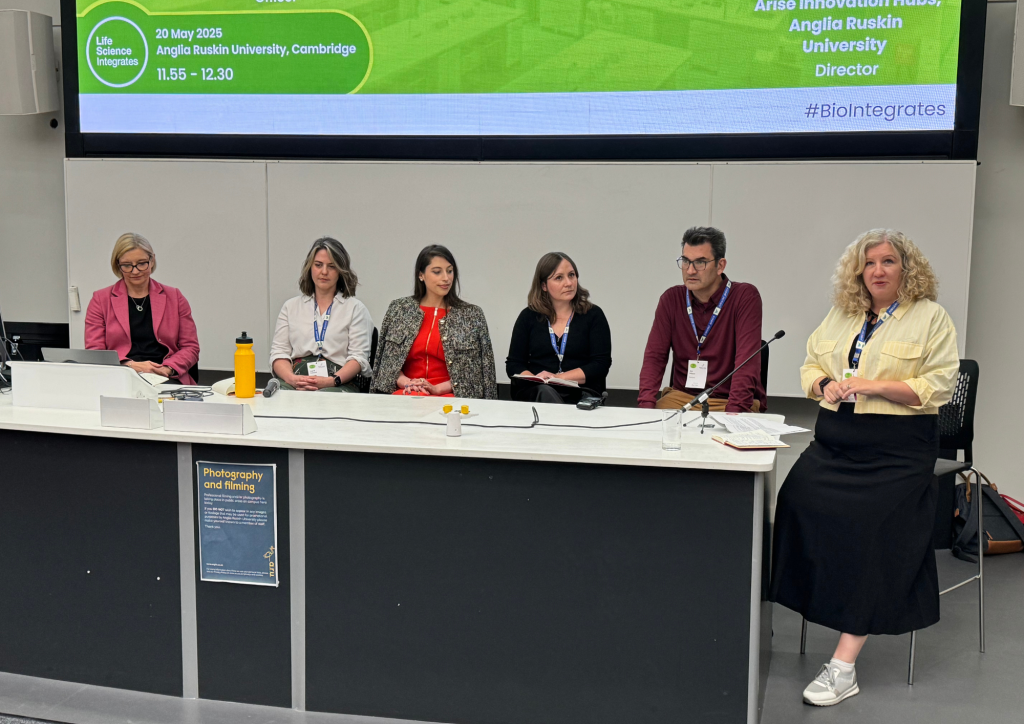
“When you’re part of the right ecosystem, everything happens faster. You meet the right people. You get introductions you didn’t know you needed. Regulatory support, academic collaboration, even lab space—it’s all easier to access. But you have to reach that tipping point before you run out of money or momentum.”
Several panellists at Bio Integrates 2025 emphasised that successful collaboration isn’t just about co-location— alignment is also key. Academic partnerships, while essential for innovation, can sometimes be hampered by misaligned incentives, unclear IP structures, or cultural disconnects between academia and industry.
Companies that had successfully navigated these relationships often cited early communication, shared milestones, and legal clarity as essential enablers. As regulatory timelines tighten and trial costs climb, partnerships that offer clinical access or shared data infrastructure are increasingly seen as key drivers of translational success.
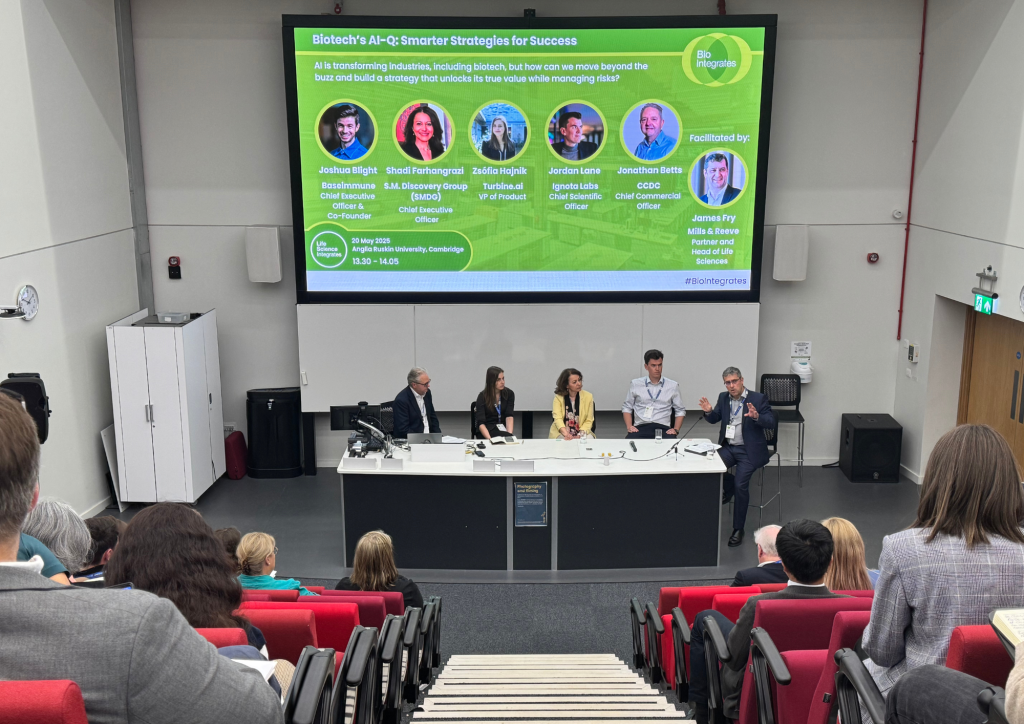
“If there’s no operational alignment—shared objectives, governance structures, IP clarity—it slows everything down. The best collaborations feel like an extension of your own team, not a negotiation.”
In 2025, the biotech sector no longer asks whether to use AI—but how, where, and to what end. No longer viewed as a passing fad, AI is increasingly being adopted as a practical tool for drug discovery, clinical development and operational decision-making.
Several panellists at Bio Integrates 2025 shared experiences of adopting AI to reduce failure rates in drug discovery, improve patient stratification in trials, and identify novel targets more efficiently. AI-adopting firms have been leveraging AI to enable faster design iterations, safer candidate selection, and smarter preclinical workflows. But for most, AI remains a tool to be cautiously tested—not yet a fully embedded capability. The cost of integration, the scarcity of clean, well-labelled datasets, and the challenge of recruiting multidisciplinary teams have all slowed adoption.
“We’re still in an experimentation phase. The tools are powerful, but they’re not magic—and many organisations are discovering that the hard way.”
One of the key friction points is data infrastructure. Many biotech companies still operate with siloed systems, manual processes and limited interoperability, making it difficult to feed AI tools with the high-quality, structured data they require. This gap isn’t just technical though, it’s also cultural. A successful AI deployment depends not only on data scientists, but also on biologists, chemists, and regulatory teams who understand how to apply and interpret outputs.
“AI can only go as far as your data allows. If your systems are still running on spreadsheets, don’t expect machine learning to save you.”
Meanwhile, some see more immediate promise in AI-powered tools for internal operations like HR, procurement and compliance where automation can yield quick, low-risk wins. Despite the teething issues, there’s growing consensus that AI will eventually become a fundamental layer across biotech R&D.
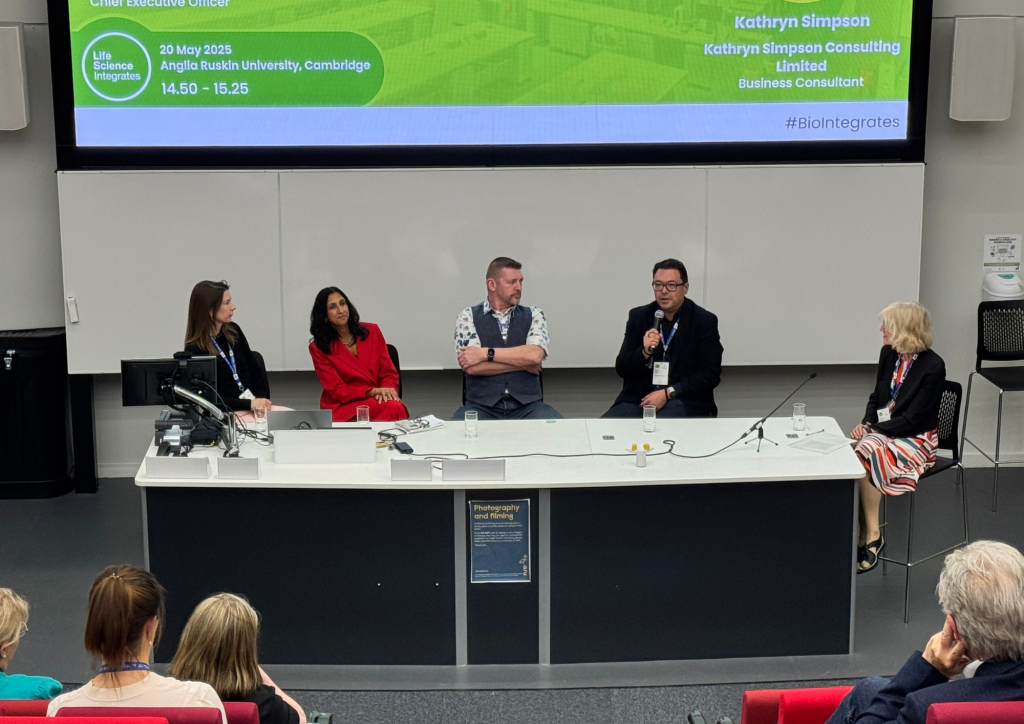
Beyond technology, talent emerged as a critical long-term differentiator for biotechs. In a sector defined by uncertainty, talent stability is becoming harder to maintain. Early-stage biotechs often operate with skeleton teams where one person may be fulfilling three roles. As the pace of delivery accelerates, so too does burnout—especially in founder-led organisations where leadership bandwidth is stretched thin.
Panellists discussed the difficulty of bringing in early-career talent when headcount is limited, and the need for structured development pipelines. Interns and apprenticeships were seen as valuable but underused pathways, particularly in companies too small to run formal graduate schemes.
“There’s incredible talent out there—early-career scientists, apprentices, graduates—but most start-ups are too lean to onboard or train them. We need more scalable models for bringing fresh minds into the sector, not just recycling the same senior people between companies.”
Hybrid working is here to stay, but its impact on culture and collaboration remains a live concern. Smaller companies often lack the HR infrastructure to maintain cohesion, inclusion, and culture in dispersed teams.
There was a strong call for more inclusive workforce planning—particularly in creating routes into biotech for underrepresented groups and regions. Diversity was framed not just as an ethical imperative, but a strategic one: a way to future-proof innovation through broader perspective and resilience.
“We talk about inclusion like it’s a moral imperative—but it’s also a business one. A more diverse workforce brings different ways of thinking, stronger decision-making, and the resilience to navigate change. That’s how you future-proof an industry.”
In a climate where every resource is under pressure, biotech’s greatest asset is still its people. Future-ready organisations will be those that invest not only in products and platforms—but in the leadership, development, and culture that make those innovations possible.
At Bio Integrates 2025, one message rang clear: biotech is adapting and not faltering. Yes, the challenges are real: capital is tighter, timelines are tougher, and the path to impact is more complex. But this is also a sector defined by its ability to evolve.
Across funding, trial design, partnerships, AI adoption, and workforce strategy, companies are finding new ways to move forward—with greater focus, sharper collaboration, and a renewed sense of purpose.
The next wave of biotech success won’t come from scale alone. It will come from those who combine scientific ambition with operational discipline, who value connection as much as innovation, and who invest in people as well as platforms.
In an era of constraint, biotech is not just surviving—it’s learning to thrive differently.
